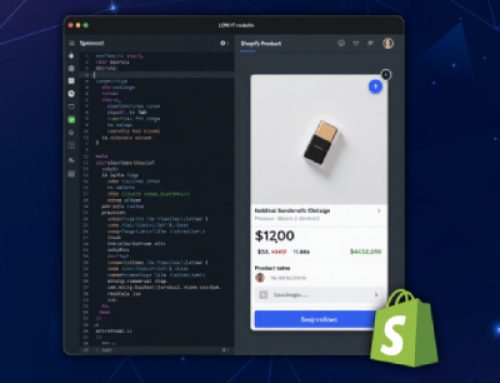2. Hosting and Managed Services
One of the greatest advantages of a new, hosting site like Shopify is just that: it’s being hosted for you. You’ll need to provide your own hosting for Magento, as well as install and customize a slew of back-end software before you can start creating your shop. To do this requires a high level of development and programming ability.
Customers of Shopify Plus benefit from the rock-solid infrastructure of Shopify. As a fully managed and hosting facility, merchants need not think about including too many items or getting too much traffic on the line. Most Shopify Plus users are actually coming to the site as they need to be able to accommodate the huge spikes synonymous with flash sales.
To move to Shopify means never again to have to think about traffic surges, slow-downs, connectivity or hosting.
3. Security
When it comes to e-commerce, security is a big deal. Lack of that is one of the factors that many people often hate shopping online. You need to make customers feel safe and secure while you shop from your company, and one of the best ways to do that is with something called PCI Enforcement (it’s the way the industry certifies that safety standards are being followed with organisations that conduct online payments).
Although Magento has the ability to create PCI-compliant storefronts, you are on the hook as the retailer to make sure the site is safe and stable. This can be an expensive and time-consuming endeavour and can leave many merchants feeling stressed and diverted from the more critical aspects of running their company.
For Shopify, you don’t have to worry about getting compromised or stolen information from your clients – that’s the duty of the site. Shopify will guarantee that your platform is PCI-compliant, and will take care of multiple security reviews and risk management, meaning that your site is safe without the need for you to plan a routine site review.
4. Customization
One factor Magento made such a splash when it was released was thanks to its extensive design capability. For the first time, store owners have been able to edit their site’s raw HTML / CSS through an advanced interface that gives them total control over their storefront look and feel.
But that is also what Shopify provides — and it’s a lot more natural. Whereas the advanced configuration features of Magento are really only available to those with experienced web programming and HTML / CSS know-how, with a basic menu-driven editor Shopify has made things much more usable.
And with the introduction of scripting features, merchants and developers with the technical know-how in web programming will be able to “pass” Shopify’s servers and create custom apps without losing compatibility or maintenance.
5. Scalability
Scalability is one of the primary concerns of companies at the enterprise level. You have to be sure that when the traffic and sales hit the roof, the network that supports you very well now won’t let you down.
While both Magento and Shopify have the ability to handle high-scale retailers, the demands on you, the vendor, differ dramatically (see a trend yet?). Magento allows you to design the plan to meet the full single peak in traffic. Magento allows you to design the plan to meet the full single peak in traffic.
Scaling is achieved even better for Shopify, which is to assume it’s managed completely by the platform’s team of experienced developers and programmers. Shopify Plus offers unlimited scaling and robust APIs, so if you want a marketplace that can expand and develop in parallel with your market, it’s the best bet you can make.
6. Community
There’s no question now more than 10 years old that Magento has developed a large group of developers and designers around its website. It’s amazing the number of people who have worked with Magento over the past decade and had a hand in his rise.
The fact is, Shopify has also built a broad and thriving ecosystem, and Shopify Plus retailers have the additional advantage of being able to tap into the Shopify Plus Partners Program, a thoroughly vetted group of experts, each offering the best of the best with their expertise.
To Shopify Plus users, there’s even a VIP Facebook group that promotes discussions about e-commerce architecture, software, and strategy so you can take advantage of the collective experience and make informed decisions to develop the business.




